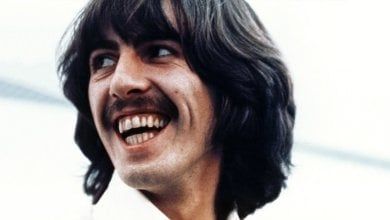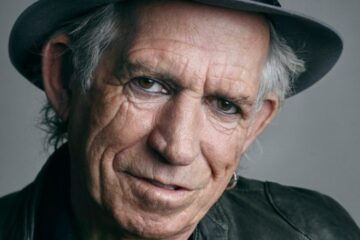When he was an integral part of The Beatles, George Harrison was always dubbed ‘The Quiet One”. Beneath the reserved exterior, however, the cogs were always turning. His exceptional guitar skills served as the crucial foundation for numerous hit songs, contributing excellence that resonated with fans and music enthusiasts. Harrison also ventured into a thriving solo career that captivated and endeared audiences.
In 1970, Harrison unveiled his third studio album, All Things Must Pass, now celebrated as a pinnacle of the decade’s music and a cornerstone in the singer-songwriter genre of the early ’70s. This album notably showcased his iconic single, ‘My Sweet Lord’, a song that reverentially honoured the Hindu deity Krishna. At that time, it was unprecedented for a prominent Western cultural figure to embrace a culture so divergent from the prevailing monochromatic theology.
It’s well known that Harrison, along with the other members of The Beatles, adopted Transcendental Meditation during their spiritual journey to India in 1967. This choice was influenced by their drug use, particularly LSD, along with Harrison’s burgeoning friendship with the Indian musician Ravi Shankar. After discovering Shankar, Harrison was so besotted with his work that he wanted to popularise the integration of Indian instruments into pop music during the 1960s.
As Olivia Harrison explained: “When George heard Indian music, that really was the trigger, it was like a bell that went off in his head. It not only awakened a desire to hear more music, but also to understand what was going on in Indian philosophy. It was a unique diversion.”
These visits to India and his relationship with Shankar sparked a transformative interest in spirituality, encouraging the once-introverted Beatles member to emerge as the most spiritually inclined. Harrison even once recounted that, during one of these visits to India, he felt an insistent urge within five hours to delve into the world of yogis, the enigmatic masters of spiritual teachings.
The journeys subsequently transformed Harrison both in terms of his personal essence and public perception. As evidenced in his solo projects, the spiritual motifs and influence of the Hare Krishna movement became deeply ingrained in the former Beatle’s artistic expression. What stands out about Harrison’s spiritual evolution is the attention it garnered: over the years, he evolved significantly from the playful, mop-top character beloved by audiences to a more wistful, enigmatic figure.
“Unless you’re God-conscious,” Harrison explained on the BBC’s Fact or Fantasy in 1970. “Then you have to change because it’s a waste of time. The change that happens through meditation is a gradual thing, but the more you realise with anything with growing just older, the more you realise it helps you in some way. With meditation, you’re able to understand that there is unity lying beneath everything.”
Harrison added: “The purpose [of meditation] is to transcend from this relative state of consciousness to an absolute state of consciousness. People will think, ‘This is me.’ This isn’t me. This is just a bag of bones.”
He argued: “Basically, everybody’s spirit is really what Christ was here to tell everybody about: ‘The Kingdom of Heaven, the lives within’, is the state of being of pure consciousness.”
According to Harrison, evolution through meditation is an integral aspect of existence — a transition from innocence to wisdom. Harrison’s awakening and subsequent transformation into a spiritual guru was remarkable. The idea that the ancient traditions of “The East” could profoundly impact a superstar like Harrison was revolutionary, captivating the curiosity of an uninformed Western society.




